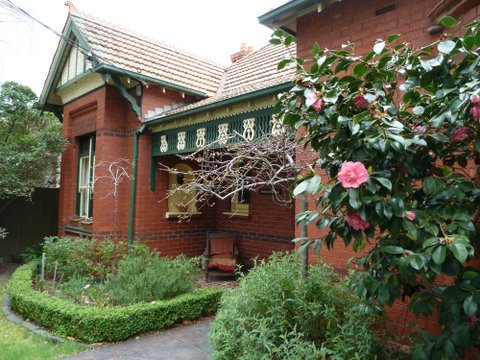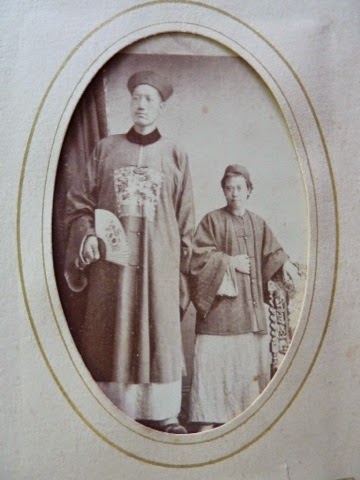This week the photo prompt shows a protest march in Russia during the revolution, and the participants look quite determined to make their points forcefully. I've decided to concentrate less on the protest aspect, but more on the fact that it was a march.
Here is a photograph from the collection of my late father-in-law Robert Leslie Featherston. Bob was an airman. He enlisted with the RAAF on 3 February 1941 and after training in Canada, flew with the RAF Bomber Command. The Lancaster bomber of which he was the pilot was hit by shrapnel on the night of 17 January 1943 and the controls were shot away. Bob and the rest of the crew baled out safely but were captured a few hours after landing, and consequently became prisoners of war. They were interned in POW camps from that date then until the end of the war.
Nothing is written on the back of this photograph mounted on card to indicate when or where it was taken, but it was clearly of significance to Bob. I think he might possibly be the man marching fourth from the front in the left row, although it's hard to be sure.
 |
| A pressing clipping about Bob Featherston, taken from the Geelong Advertiser in 1943. |
The marching airmen may have been taking part in a parade that took place in Geelong Victoria, Bob's home town, on 7 April 1941. They are making their point simply by marching, and the crowd would have been in solidarity with them, whether cheering with approval or silent but supportive of the daunting task they knew lay ahead. The purpose behind such marches was to encourage members of the public to support the war effort in a practical way by purchasing war savings certificates, as referred to in the article below.
A report from the Argus, dated 8 April 1941, of a rally for the war savings campaign the previous day, snipped from the trove web site.
I also found the following photograph on the National Library of Australia's Trove web site, which might have been taken at the same or a similar march.
This photograph shows
elevated views of parades in Moorabool and Gheringhap Streets with cavalry
and foot soldiers.It comes from the Argus Newspaper collection of Photographs, State Library of Victoria. Date ca. 1940.
|
Moorabool and Gehringhap Streets Geelong are very close to where Bob and his parents lived in Little Myers St. If it was definitely 1940 it would be a little early for Bob to have been in uniform, as he did not enlist until February 1941. Perhaps he and his family were watching in the crowds. I like the way the office girls have climbed out the window and are watching the parade from on top of the shop awning, although this may not have been a very safe thing to do. They probably thought the men in uniform all looked very dashing. The spectators are certainly dressed the same way as in Bob's photograph and the cars look similar too. There are tram tracks in both photographs. Trams ran in Geelong up until 1956, when they were replaced by buses. I note there's also a tram track in the prompt image.
I'll have to ask my mother-in-law Mary if she can give me any more details about Bob's photograph of marching airmen, although as she did not meet Bob until after the war, she may not know.
Incidentally, I wrote a blog for Sepia Saturday #254 last November entitled Two Happy People, about another of Bob's photographs, but sad to say I have since discovered from Mary that contrary to our hopes, the couple pictured did not stay together. If interested, you can click here to see a 'post post script' that I added onto the end of the blog recently, just for the sake of completeness.
To see more marches, parades, protests, rallies, banner-waving and the like, just pound the pavement until you arrive at

















